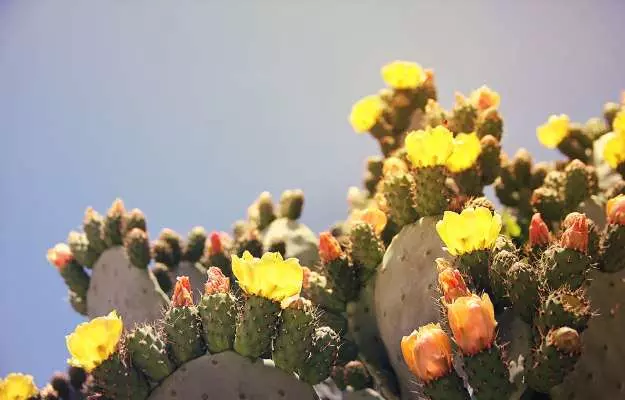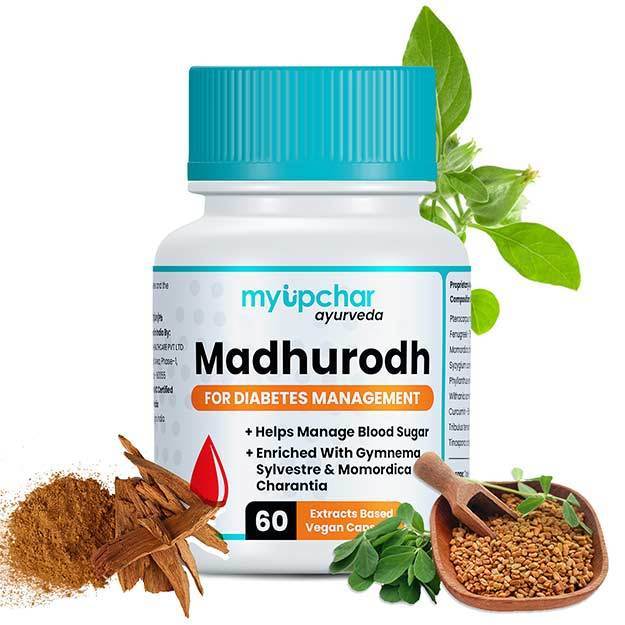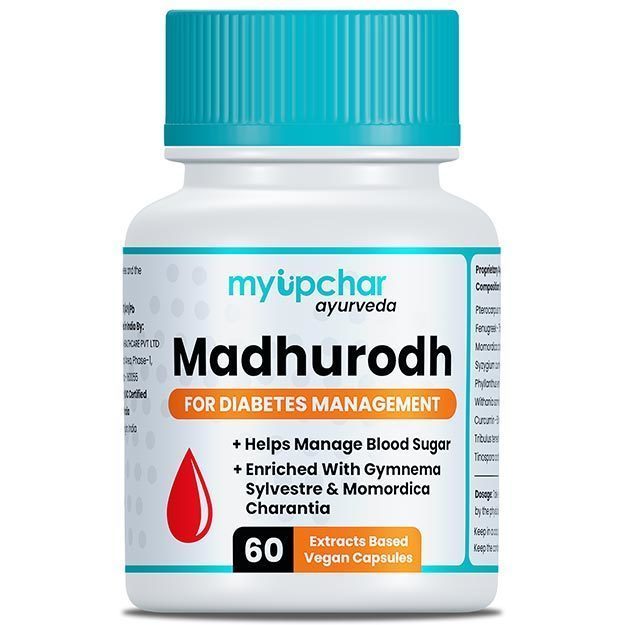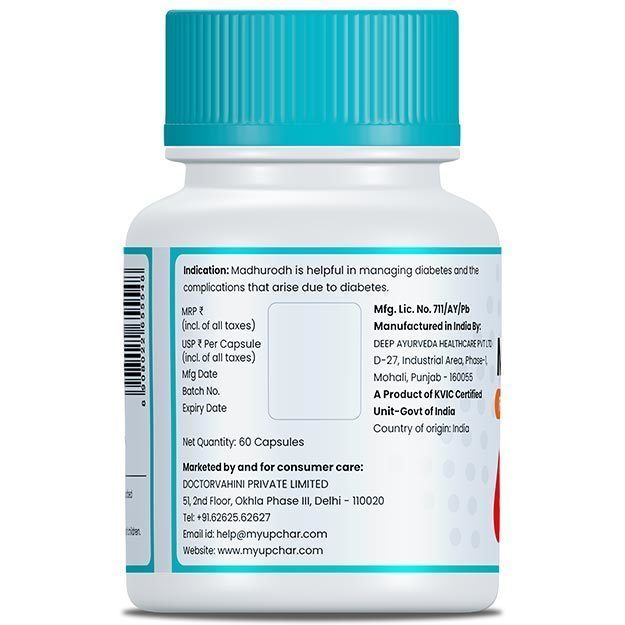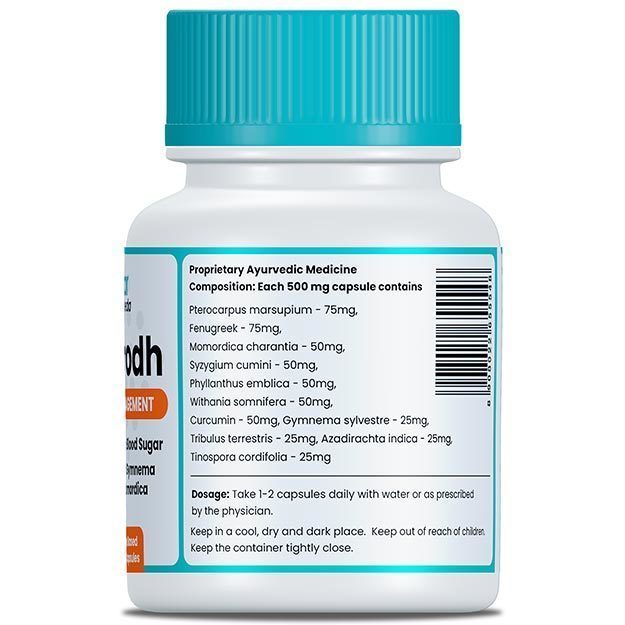Nopal cactus is a dicotyledonous plant belonging to the family of cactus, which grows in several climatic regions across the globe. There are various species of this type of plant and they are identified by the characteristic thorny appearance, which also gives it the name of prickly pear. It looks different from other types of cacti due to the flattened appearance of its leaves.
Cactus is not just a type of a decorative plant that makes for an indoor attraction, but also has convincing health benefits and is extensively studied and utilised for the same. Its rich nutritional composition enables its use as an edible plant, which is cooked in the form of curries, gravies, and salads or it is even consumed raw to reap its health benefits.
Some of the major health benefits of this plant include diabetes control, weight management, improvement of bone mass density and it has also been listed as an antioxidant food.
These benefits and many others will be discussed in this article so that you can include this wondrous plant in your diet. So, let’s get acquainted with this plant and learn about its nutritional composition.
Some basic facts about prickly pear
Prickly pear is commonly grown in the arid and semi-arid climates in tropical and sub-tropical regions of the world and is commonly utilised for its leaves. Nopales can survive and adapt to a variety of climates and here is what you must know about this plant:
- Scientific name: Nopales ficus indica
- Family: Cactaceae
- Common names: Prickly pear, Cactus fruit, Nopales, Nagfani
- Native region and geographical distribution: Nopales is native to Mexico and is an important part of their cuisine. Approximately 114 species are grown in several regions around Mexico. This plant is now also widely grown in several parts of the world including the United States, Africa, South America, Australia and in parts of India. It can be planted at home with the help of rich soil and by the use of its leaves.
- Parts used: Leaves

